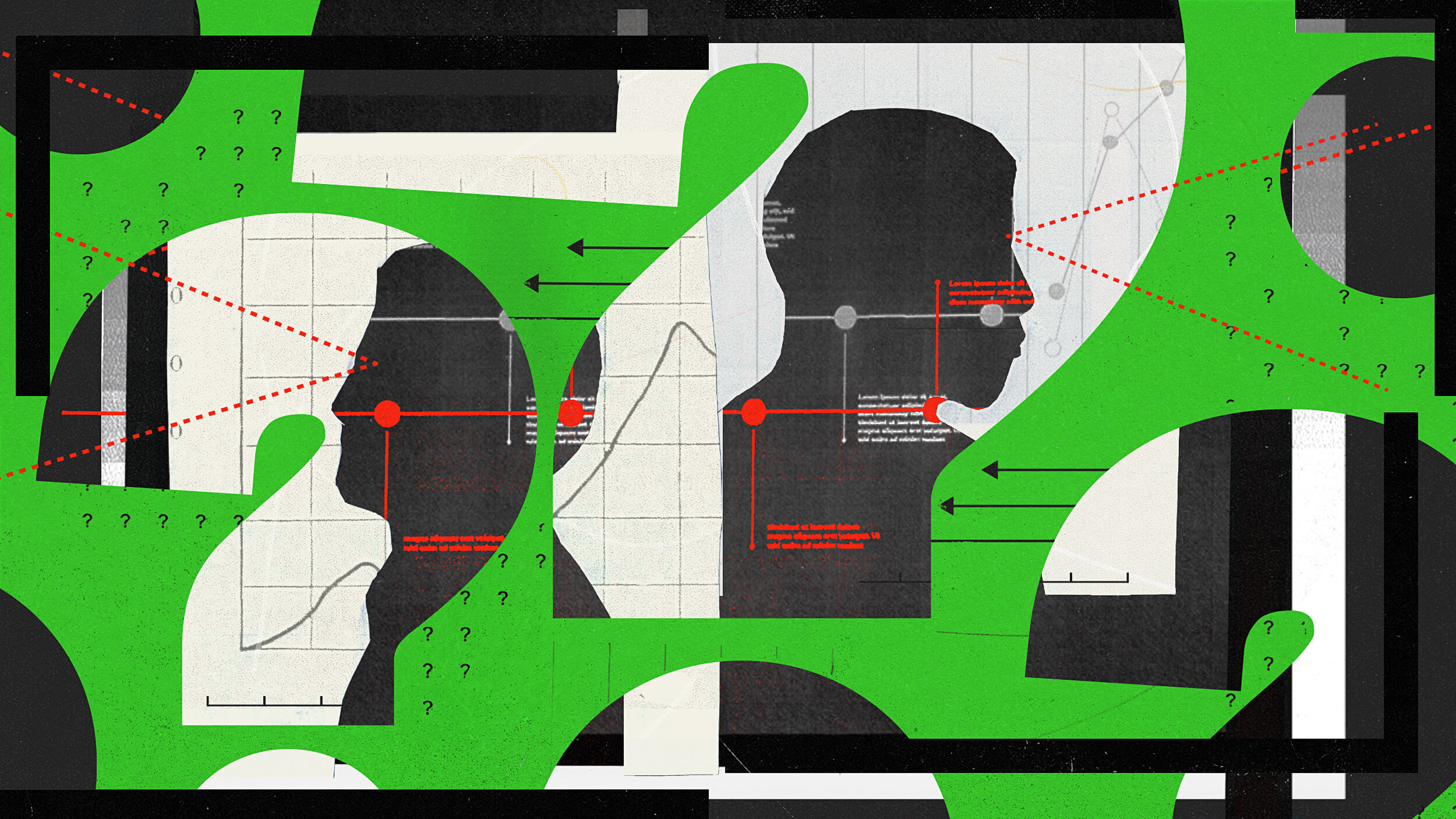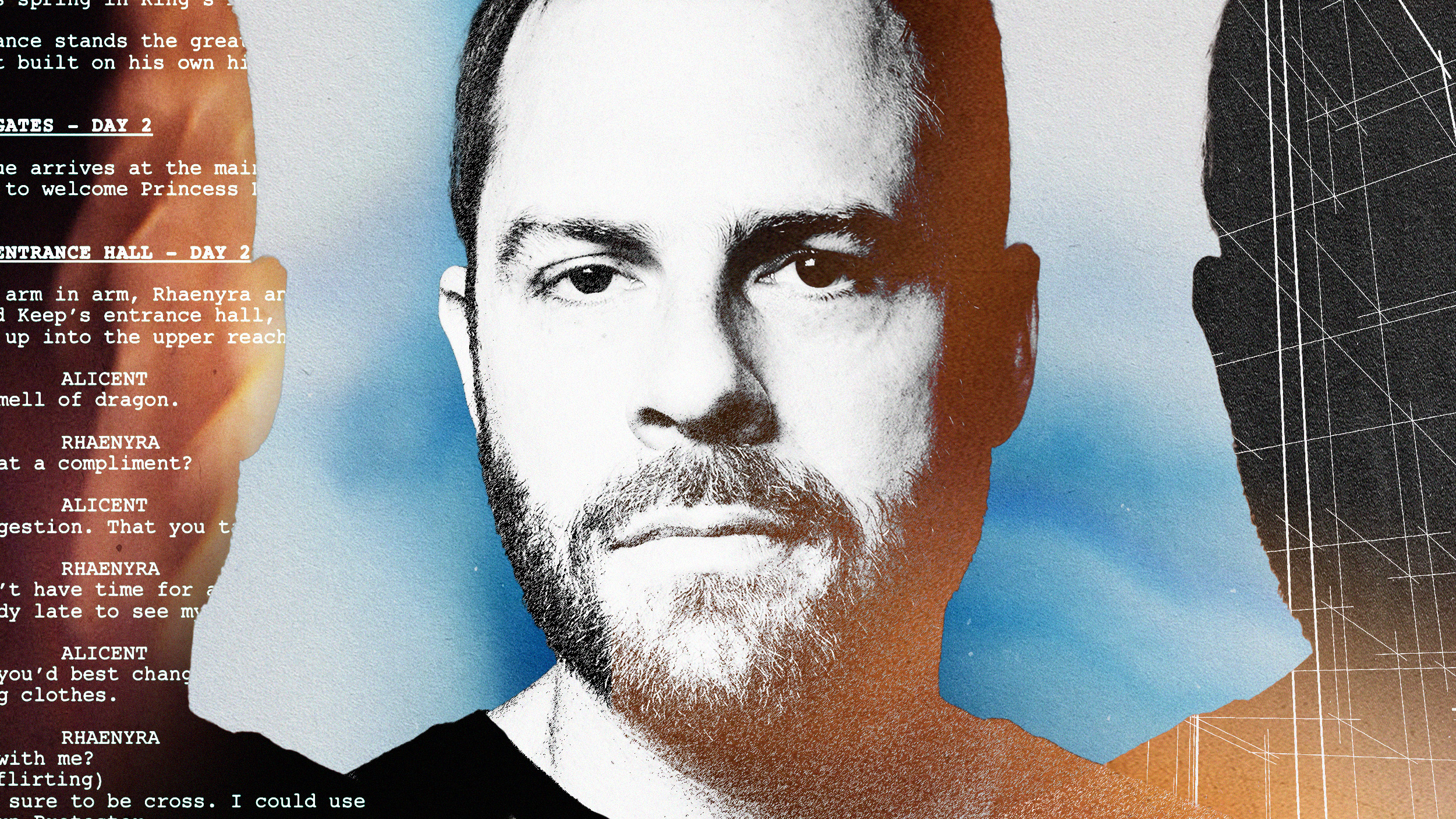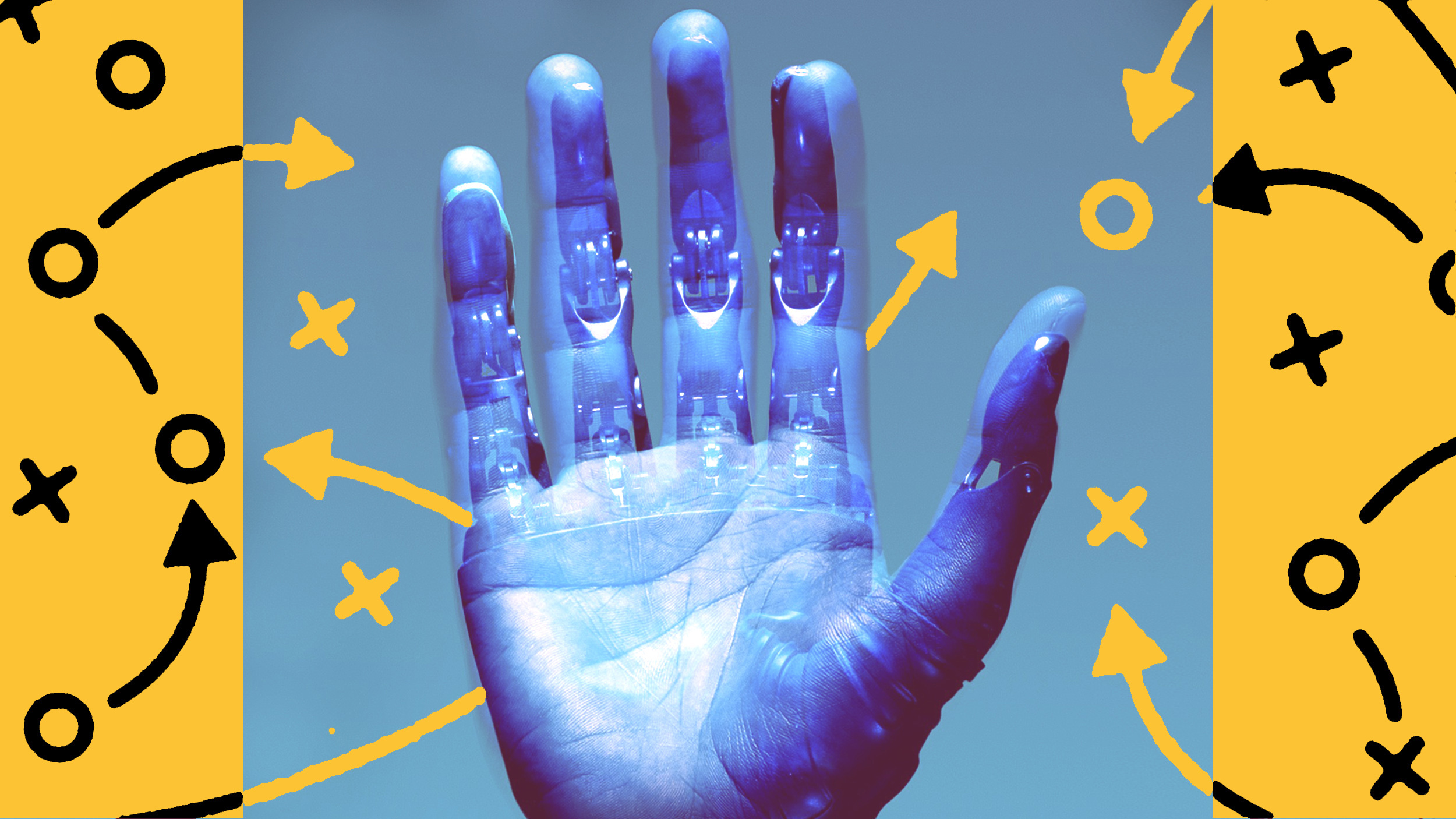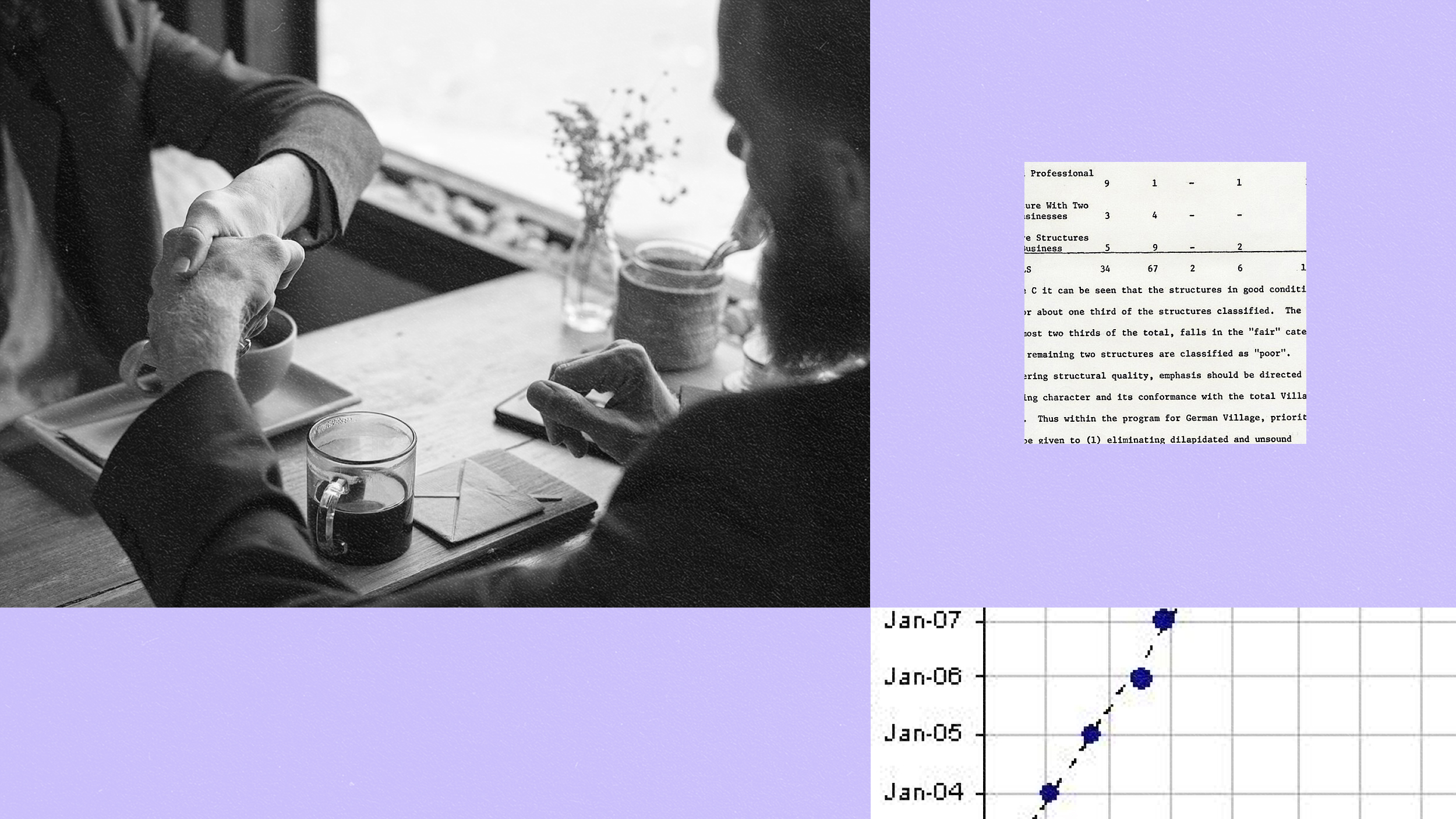Tom Yorton explains why listening is paramount to good business. The value of working toward excellent listening skills is one of the key lessons he’s learned from working as an executive at Second City. Yorton is co-author of a new book titled Yes, And: How Improvisation Reverses “No, But” Thinking and Improves Creativity and Collaboration — Lessons from The Second City.
Tom Yorton: Listening is critical in life, in business, and certainly in our work on the stage. We can’t create something if we’re not paying attention to all the cues going on around us. And for all the energy and time that we spend practicing our writing skills and our speaking skills, we do none of that. There’s no practice at all for listening and listening is paramount in business.
You have to work at listening. You have to practice it. I think the biggest thing about all of our stuff with improvisation is it’s the idea of being in practice and not just taking it for granted. And so for listening, every conversation you have whether it’s on the phone or a conference call or a meeting, any of those things, those are opportunities to build the muscle and to get better at the craft of listening. It’s not just the monologue that you put out. It’s the ability to create opportunities for a productive dialogue. And looking for and welcoming the contributions of others.
If you want to become a better listener, probably the single most important thing you can do, or the best thing you can do, is adopt this idea and that is to listen to understand as opposed to just listening merely to respond. Often in our communication, whether it’s our personal or professional communication, it’s almost like a game show. Halfway through what another person’s saying, we’ve got our hand on the buzzer ready to complete the answer. We know where they’re going. We’re done listening to them. We want to come in with our own response usually to redirect or control a conversation. And often at that point, that halfway and beyond point, we lose vital information. We lose the chance to truly understand what that person’s saying.
So at Second City we do a lot of work honing listening skills and we do a lot of work with our corporate clients around listening skills. And one of the exercises that we have used very successfully is an exercise that we call Last Word Response. And Last Word Response is really fun and simple. We instruct people to pair up. We tell them to have a conversation about anything at all business-related or not. And the only rule we attach to the conversation is that a person’s first word of their response has to be the last word of what their partner said. So it might go something like this: "Hey Jim, I just had a great cup of coffee this morning." The other person would say, "Morning is my favorite time of day." And back and forth. The other person would say "Day is better than night." And you get the idea. And the conversation goes on and on and we let it go for a while. And then we instruct people — we call a stop to it and we ask them what it took to be successful in the exercise. Invariably we hear things like, "Well I had to listen all the way through. Well I had to really pay attention and usually I don’t pay attention all the way through when people are talking." And what we talk about in Second City and we talk about in improvisation is this idea that you have to listen all the way through to get the full intent of what someone is saying. You have to listen to understand, not just respond.
Directed / Produced by Jonathan Fowler, Elizabeth Rodd, and Dillon Fitton





